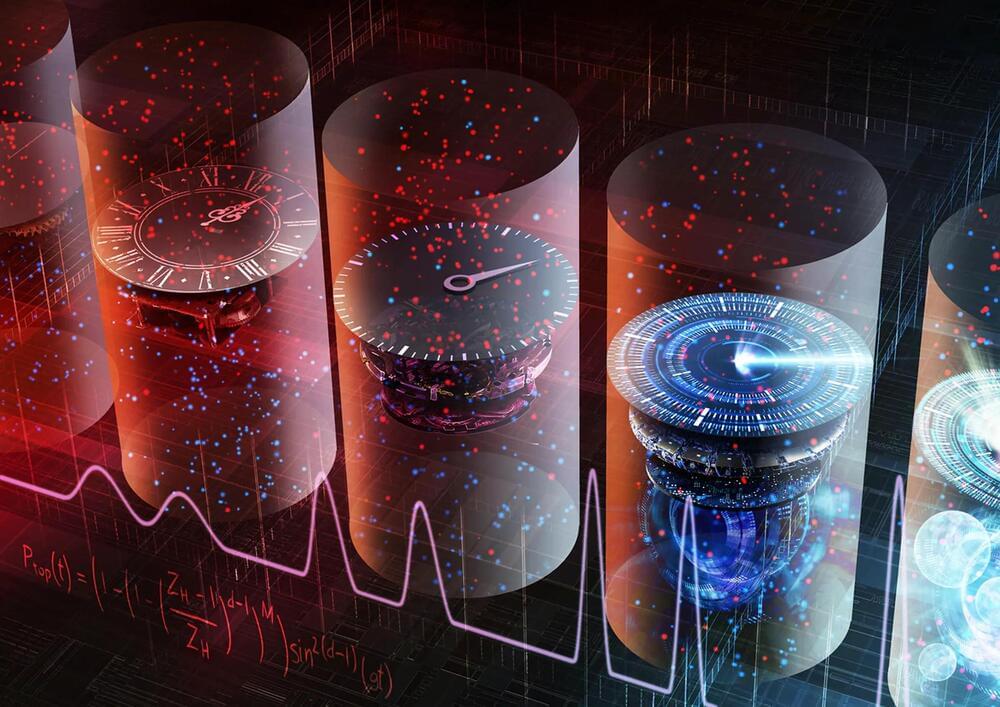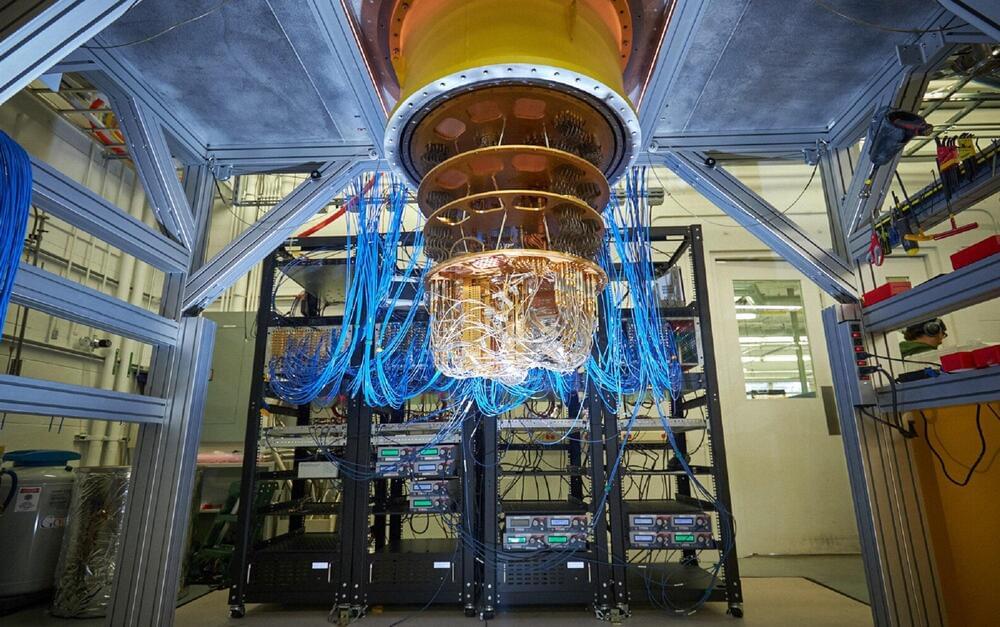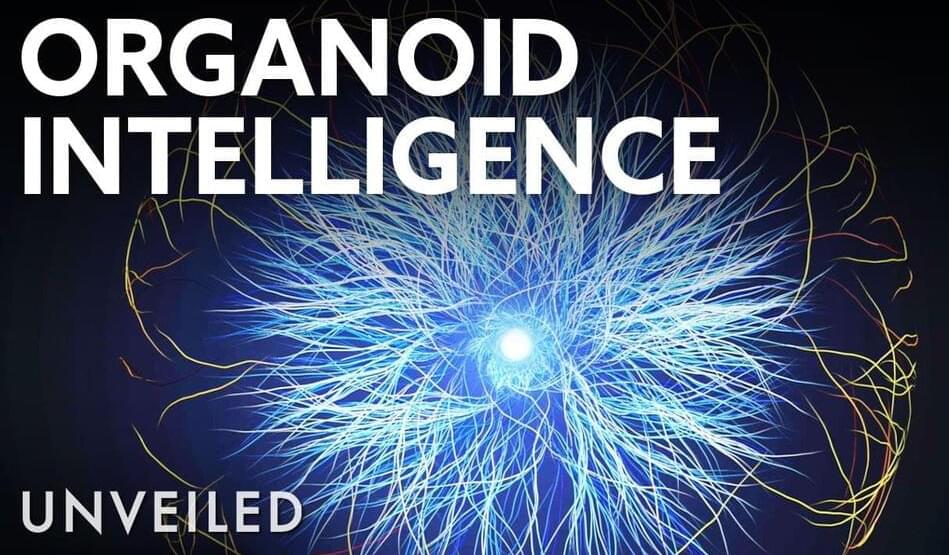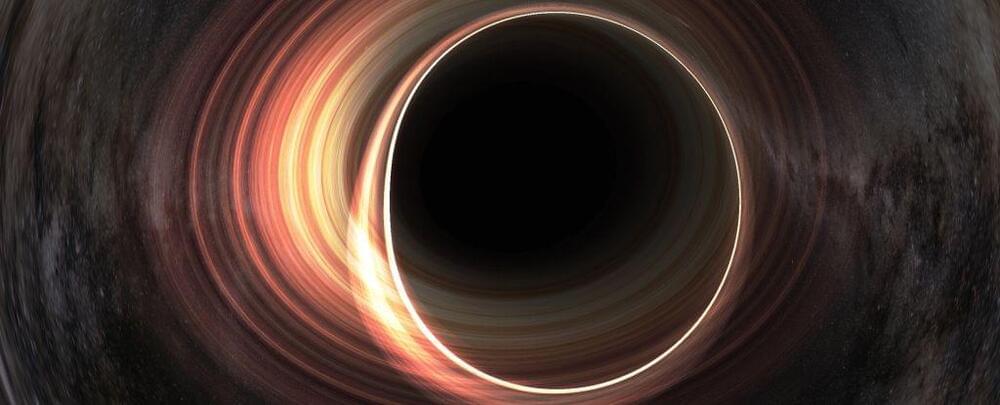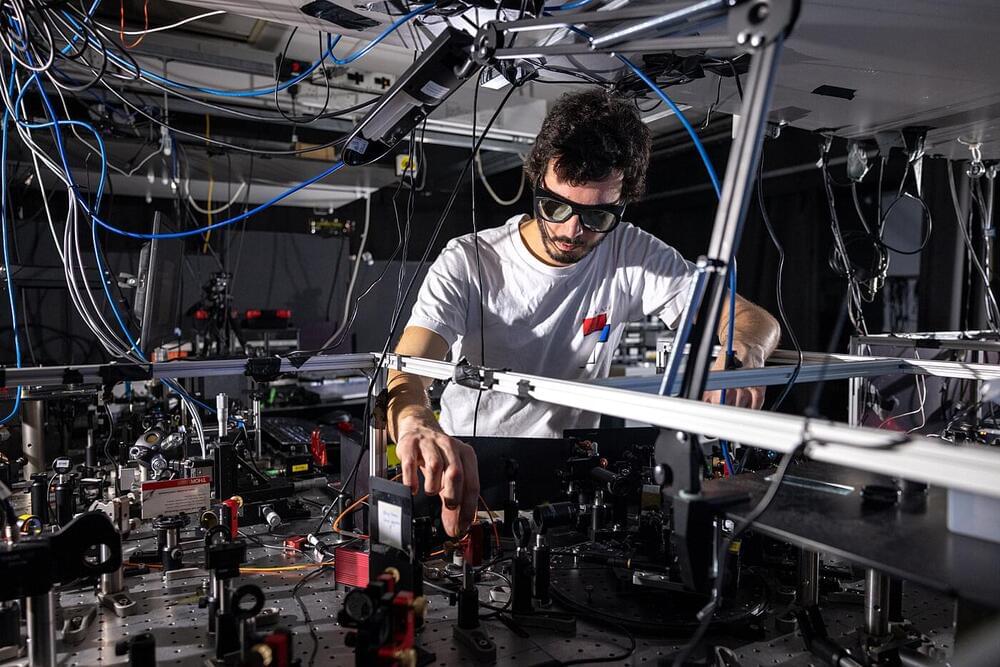Apr 9, 2023
Why Physicists Think The Future Changes the Past — Retrocausality Explained
Posted by Dan Breeden in categories: quantum physics, time travel
Retrocausality, a mind-blowing quantum concept, proposes that future events impact the past. Challenging time’s traditional flow and exploring interconnected temporal relationships. Can the universe communicate with its past-self?
0:00 What is Retrocausality?
00:55 The Layers of the Universe.
02:17 The Universe Is Not Real.
04:32 The Role of Quantum Entanglement.
08:02 Does Time Travel Explain the Mysteries of the Universe?
Continue reading “Why Physicists Think The Future Changes the Past — Retrocausality Explained” »

